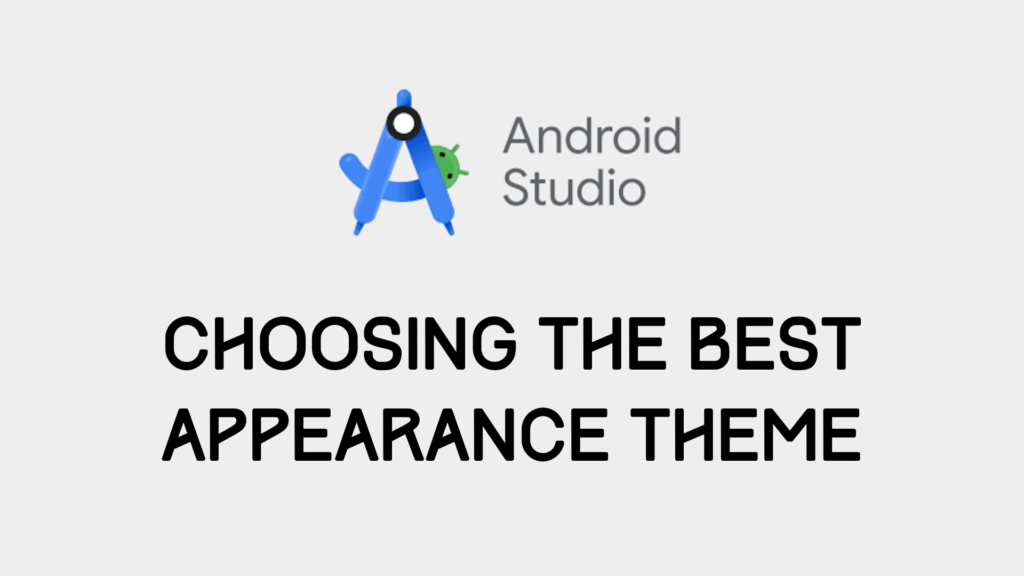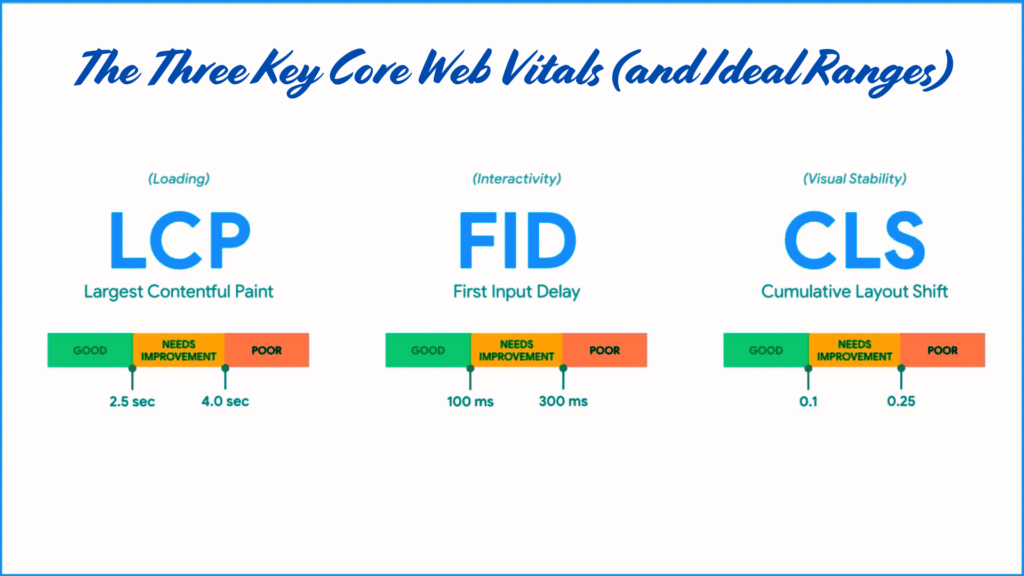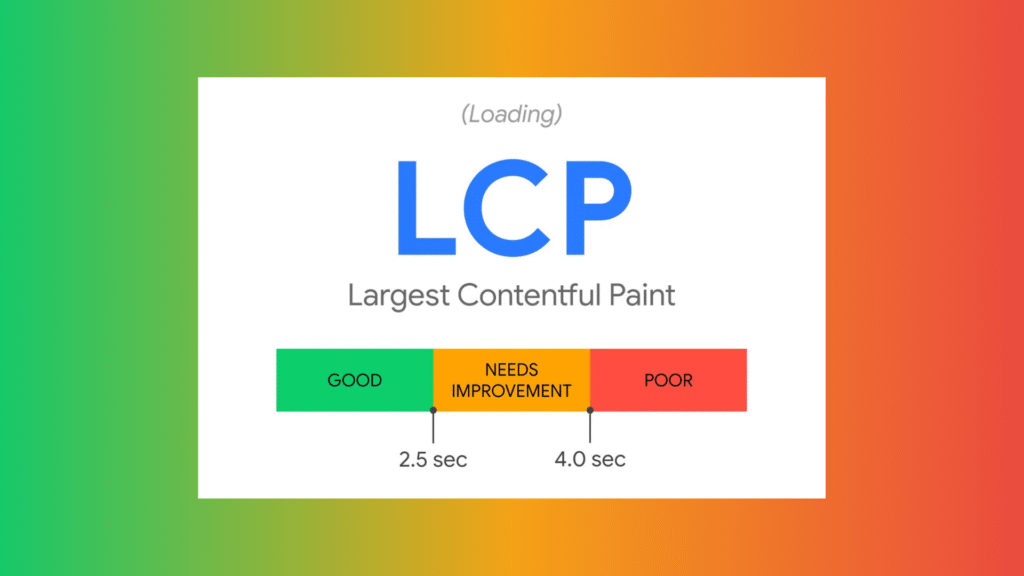How to Reduce Elementor Bloat Without Losing Design Features
Elementor is a powerful page builder, but it’s no secret that it can slow down your website if not optimized properly. The good news? You can reduce Elementor bloat without losing your design features. In this post, we’ll walk you through actionable steps to clean up the unnecessary load and keep your site fast, user-friendly, and visually appealing.
Why Does Elementor Cause Bloat?
Elementor adds a lot of CSS, JavaScript, and DOM elements to help deliver its drag-and-drop magic. The result? Larger page sizes, longer load times, and decreased performance scores. This bloat can hurt your SEO, UX, and even conversion rates.
But don’t worry—you don’t need to ditch your designs or switch to a new builder. You just need a smarter setup.
1. Use Elementor’s Built-In Performance Features
Elementor > Settings > Experiments now includes several performance-focused tools:
- Optimized DOM Output: Reduces unnecessary wrapper divs.
- Improved Asset Loading: Loads JS/CSS only when needed.
- Inline Font Icons: Stops loading external font icon libraries.
Enable these features and test your site to ensure compatibility.
2. Disable Unused Elementor Widgets
Elementor loads scripts for all widgets—even the ones you don’t use.
How to fix it:
Use the “Elementor Custom Code Snippet” or a plugin like Asset CleanUp or [Plugin Organizer] to disable unused scripts.
Or use this code in your theme’s functions.php:
add_action('elementor/widgets/widgets_registered', function($widgets_manager) {<br> // Example: Remove Countdown widget<br> $widgets_manager->unregister_widget_type('countdown');<br>});Explanation: This snippet unregisters specific Elementor widgets, preventing them from loading their related files.
3. Minimize Global Fonts and Colors
Elementor includes its own global fonts and colors. These often override your theme and add extra CSS.
What to do:
- Go to Elementor > Settings > Disable Default Colors & Fonts.
- Use your theme or custom CSS for styling instead.
This keeps your site styling consistent and reduces unnecessary stylesheets.
4. Load Google Fonts Locally
Google Fonts are useful but loading them from external servers adds extra HTTP requests.
Solution:
Use a plugin like OMGF or host them manually.
Manual method:
- Download your font from Google Fonts.
- Upload to your theme folder.
- Add this to your
style.css:
@font-face {
font-family: 'Open Sans';
src: url('fonts/OpenSans-Regular.woff2') format('woff2');
font-weight: normal;
font-style: normal;
font-display: swap;
}Why it matters: This reduces reliance on external calls and improves privacy compliance (GDPR).
5. Use Lightweight Themes with Elementor
Some themes are built with Elementor in mind and don’t add bloat of their own.
Recommended themes:
- Hello Elementor (official and super clean)
- GeneratePress
- Astra
These themes are optimized for performance and don’t fight Elementor for control of layout.
6. Lazy Load and Optimize Media
Elementor makes it easy to add images, videos, and galleries—but too many media files can crush your speed.
What you can do:
- Use WebP images.
- Install WP Rocket or LiteSpeed Cache to lazy load media.
- Compress images with ShortPixel or Smush.
This reduces initial page load size without hurting the visual design.
7. Reduce CSS and JS File Size
Even after minimizing Elementor bloat, your site still includes some JS/CSS.
Here’s how to reduce that:
- Enable Minify and Combine in your caching plugin.
- Use Code splitting if available.
- Defer or async load non-critical scripts:
function defer_scripts($tag, $handle, $src) {
if (!is_admin()) {
return str_replace(' src', ' defer="defer" src', $tag);
}
return $tag;
}
add_filter('script_loader_tag', 'defer_scripts', 10, 3);Note: Always test after changes to make sure no scripts break.
8. Clean Up the Database
Elementor autosaves and revisions can pile up.
Quick win:
Use WP-Optimize or Advanced Database Cleaner to:
- Delete old post revisions
- Remove transients
- Optimize tables
Less junk = faster queries.
9. Consider a CDN
Using a CDN (like Cloudflare or BunnyCDN) speeds up your site by serving assets from locations closer to your users.
Bonus:
Most CDNs also offer automatic minification, image optimization, and even firewall protection.
Conclusion
Elementor offers unmatched flexibility for designing WordPress websites, but its convenience can come at the cost of performance. Fortunately, reducing Elementor bloat doesn’t mean sacrificing design quality.
By leveraging its built-in optimization settings, disabling unused features, streamlining fonts and media, and utilizing caching, lightweight themes, and a CDN, you can dramatically improve your site’s speed and user experience. With a few strategic tweaks, you’ll keep your site visually stunning — without bogging it down.
Remember: a fast website isn’t just better for SEO and conversions — it’s better for your visitors too.












